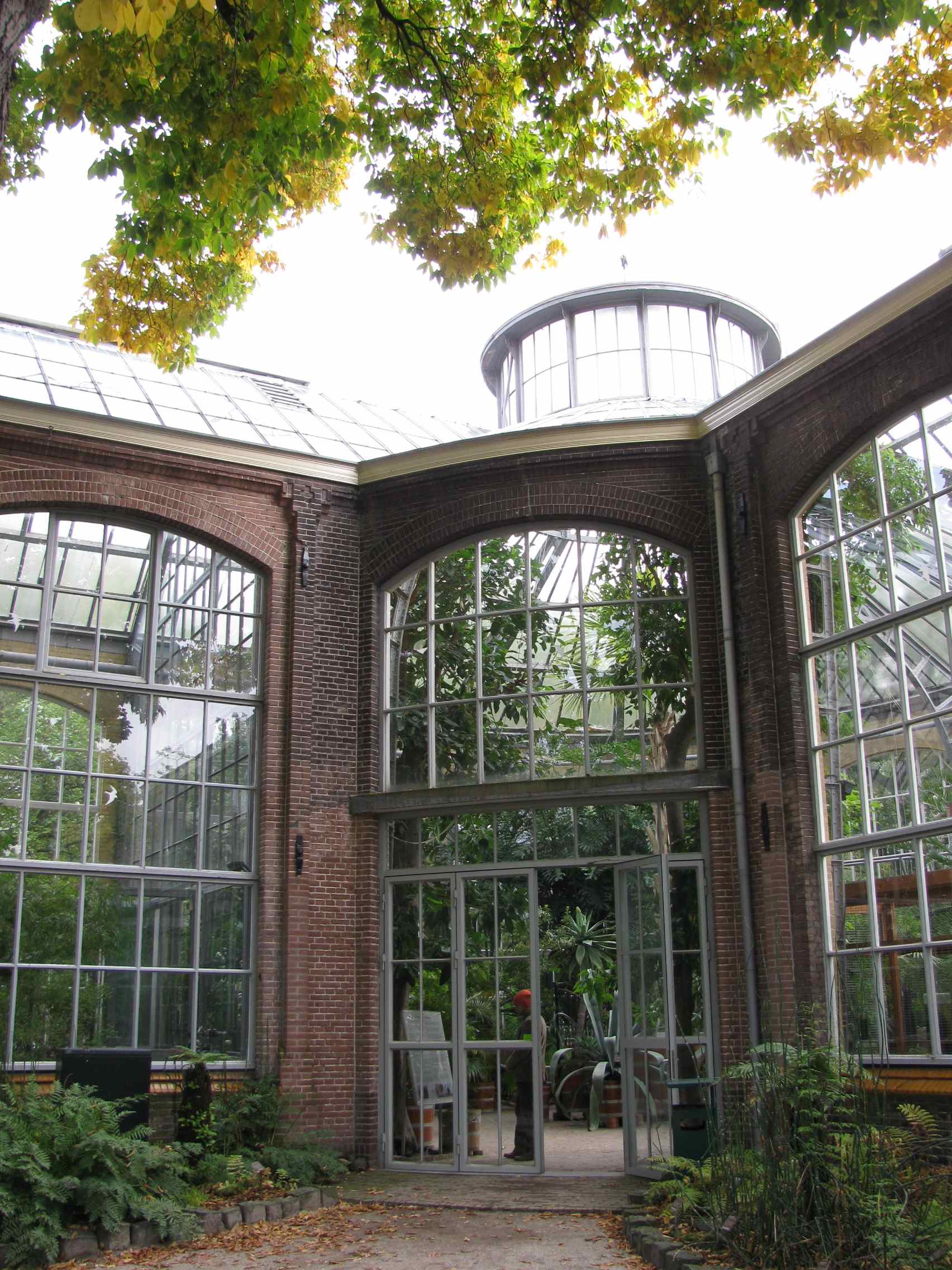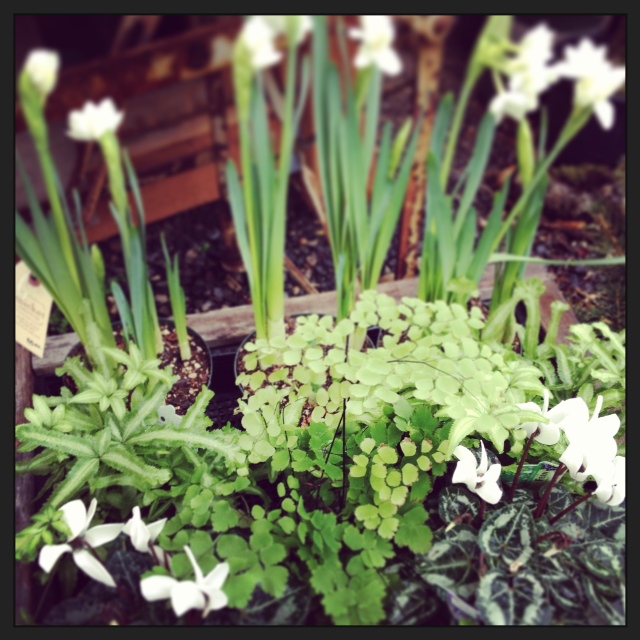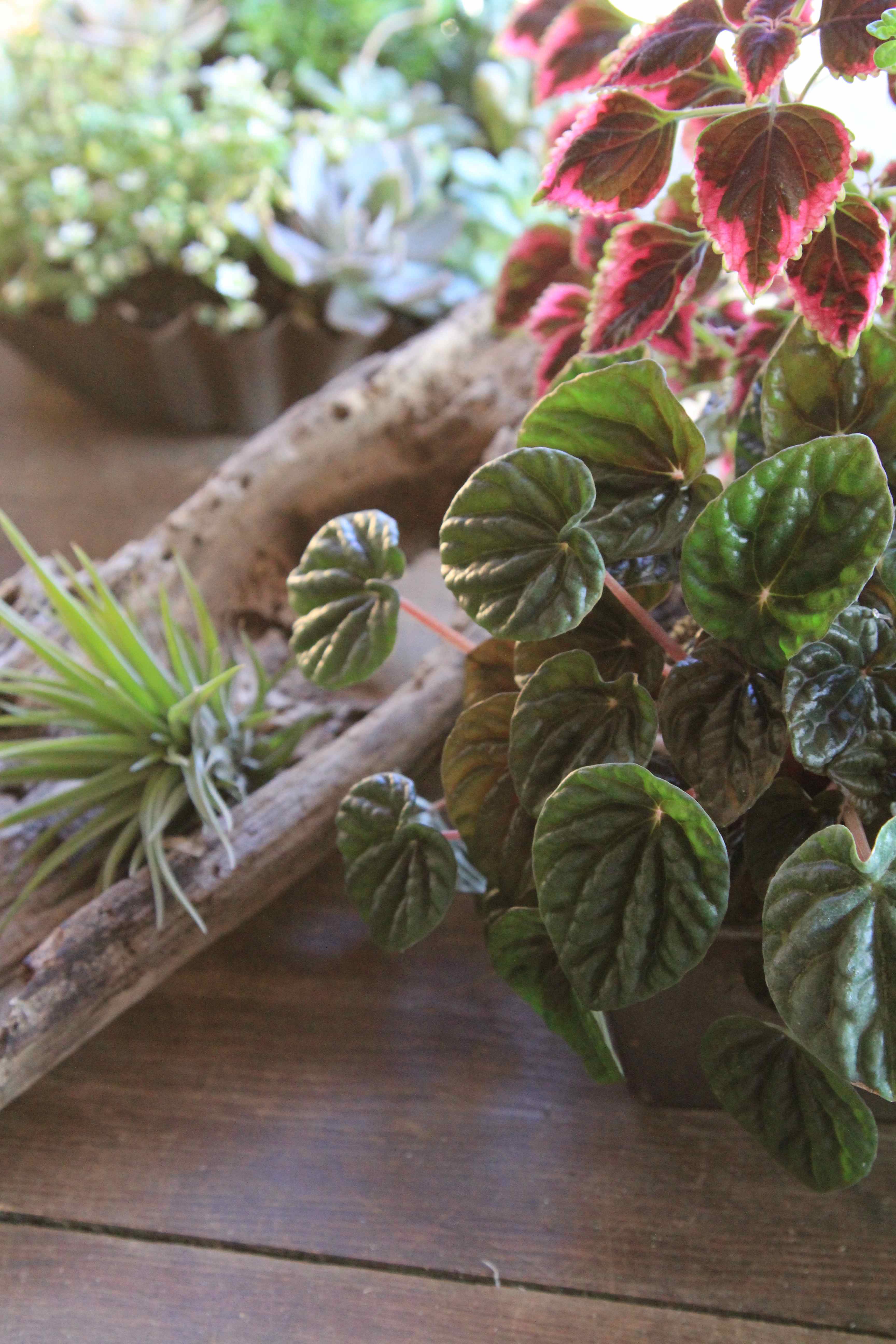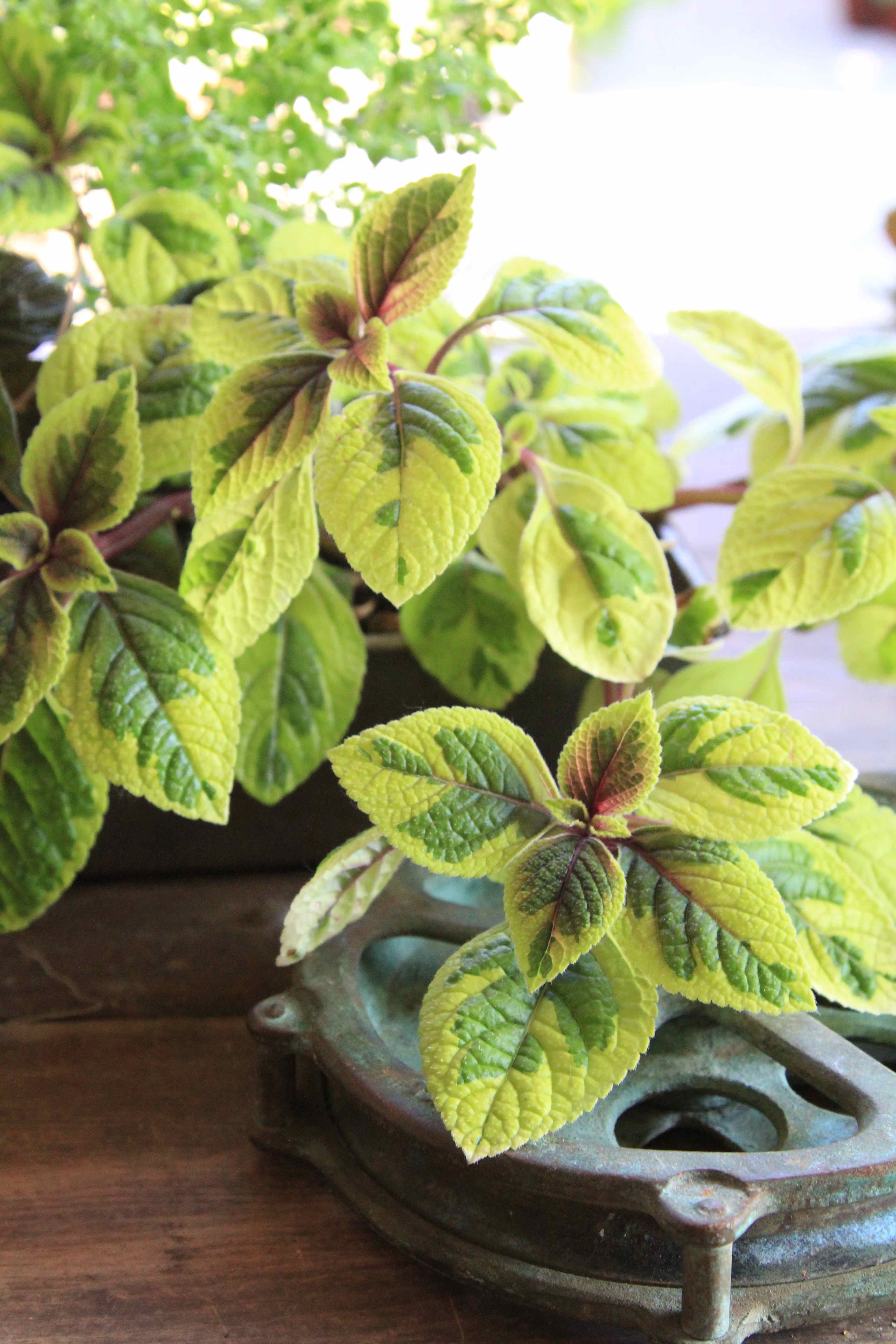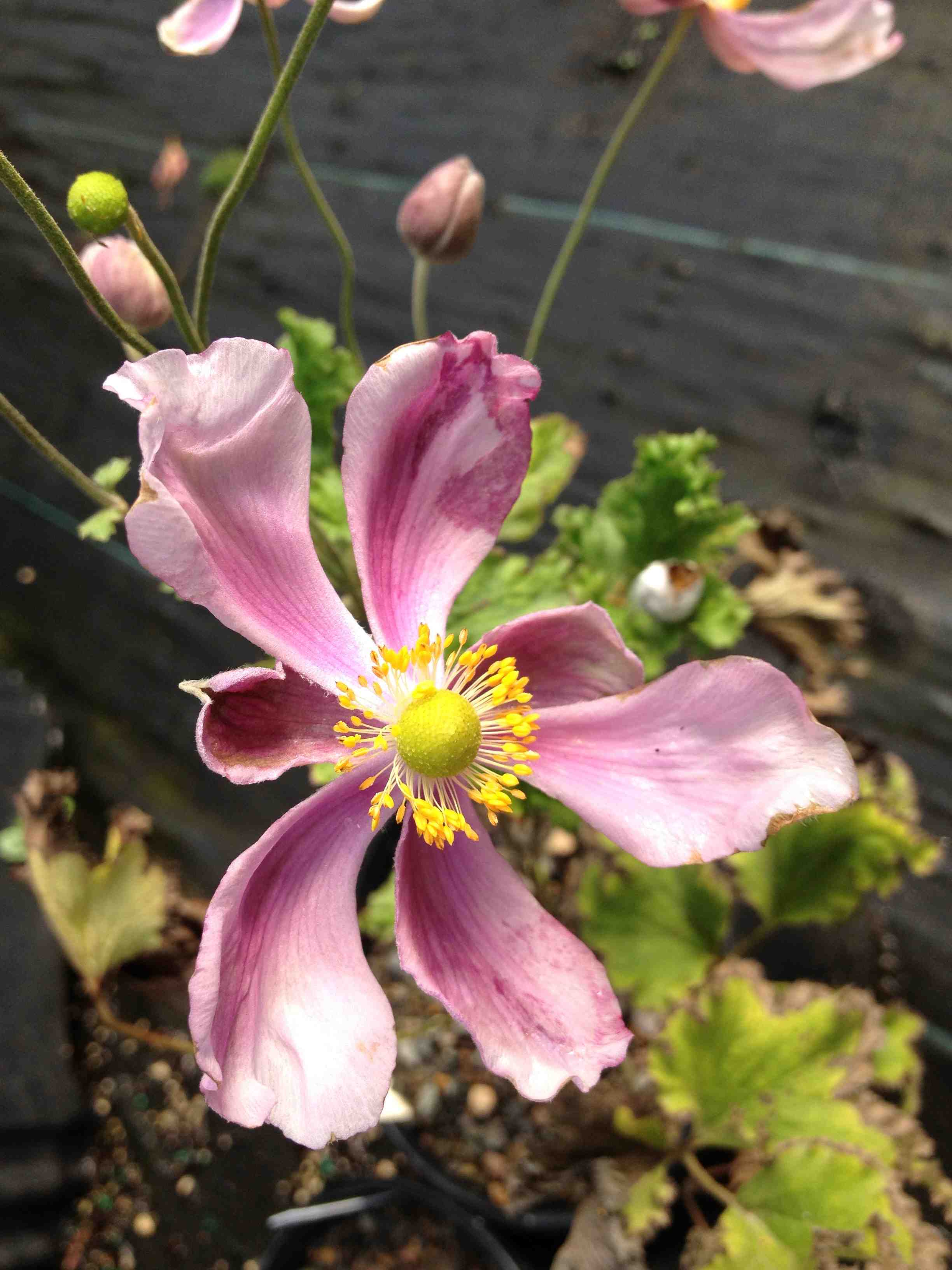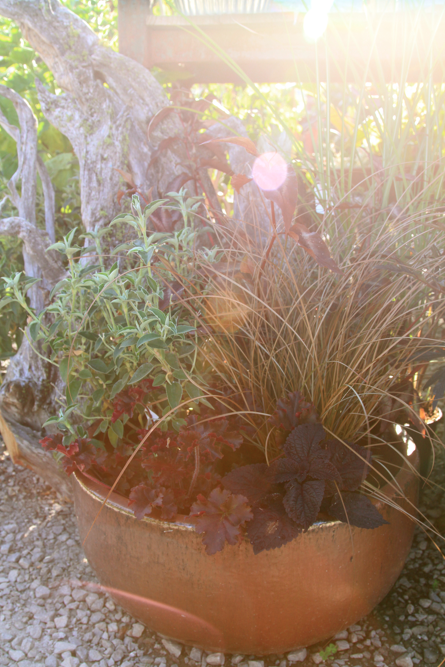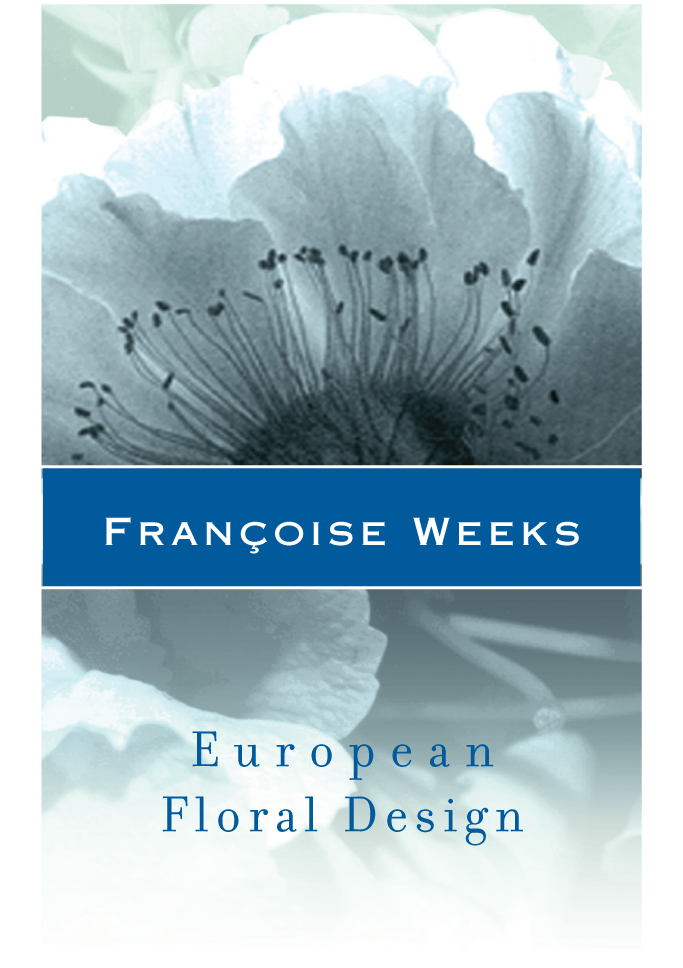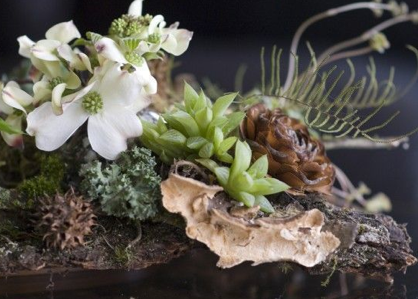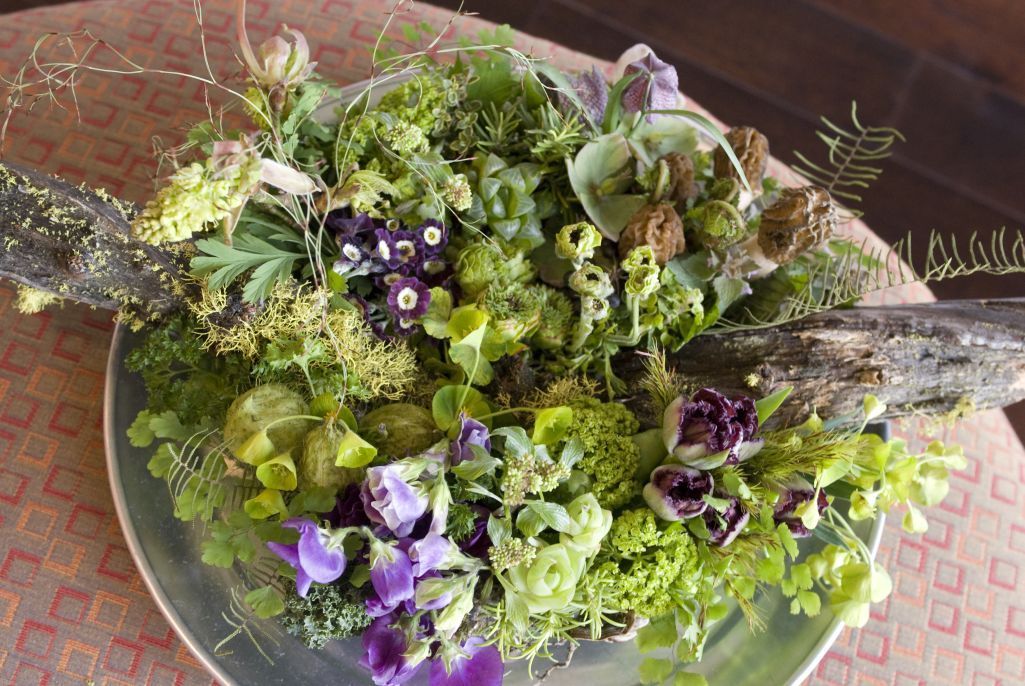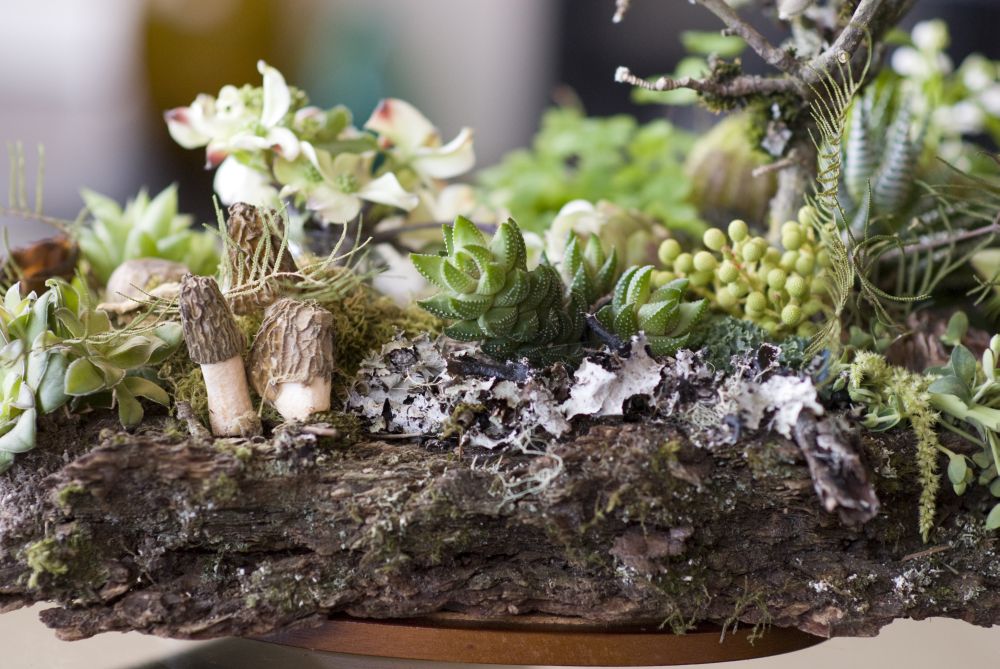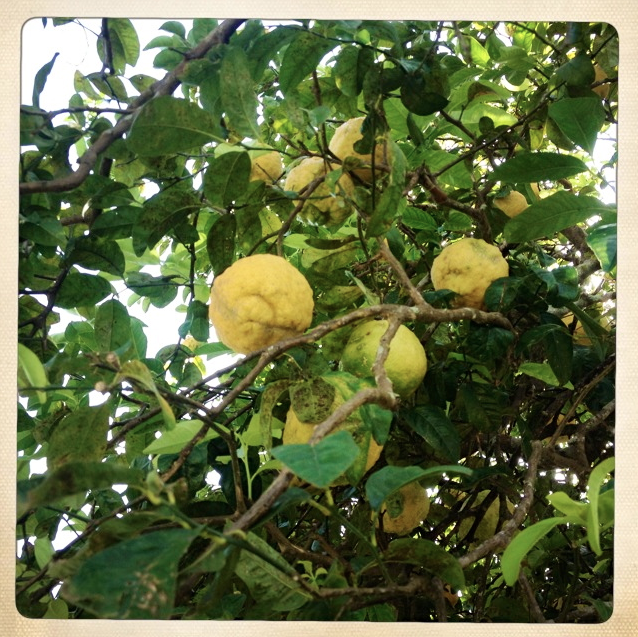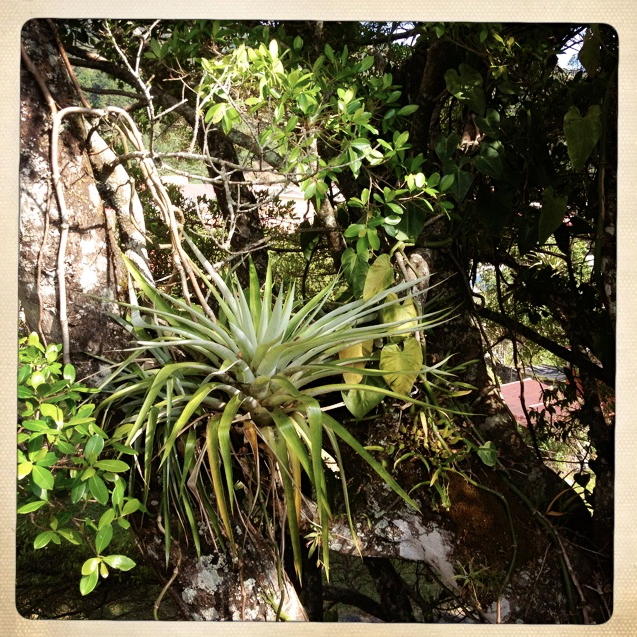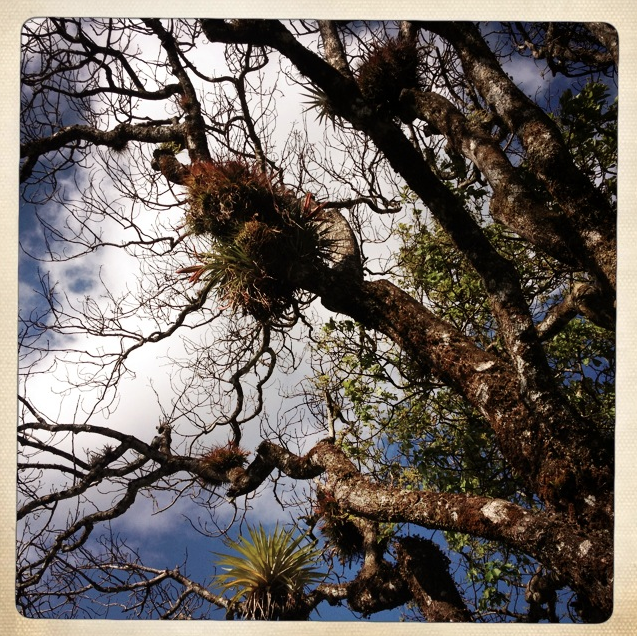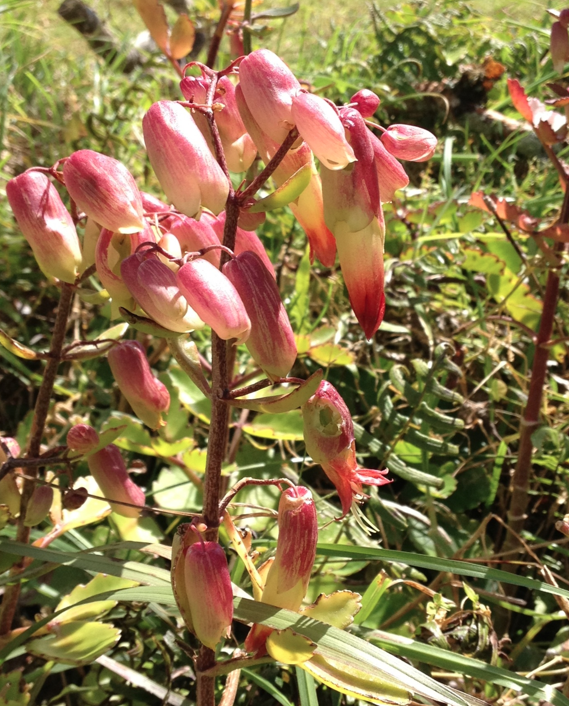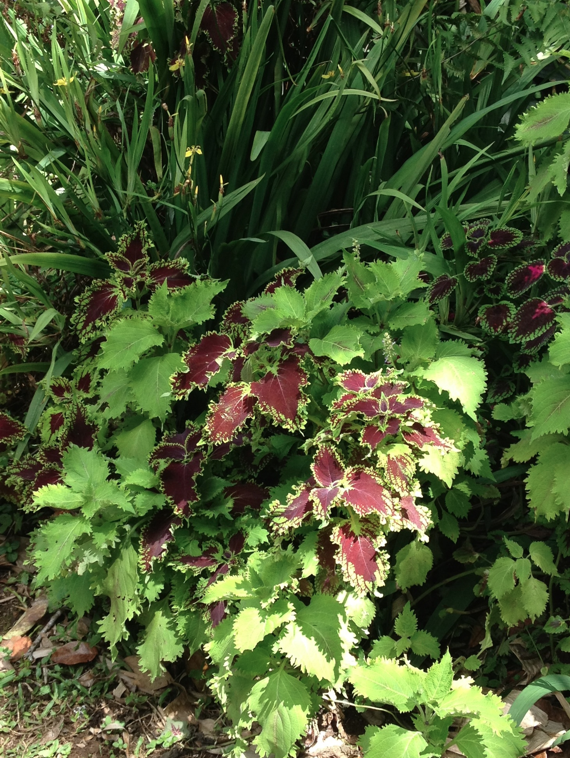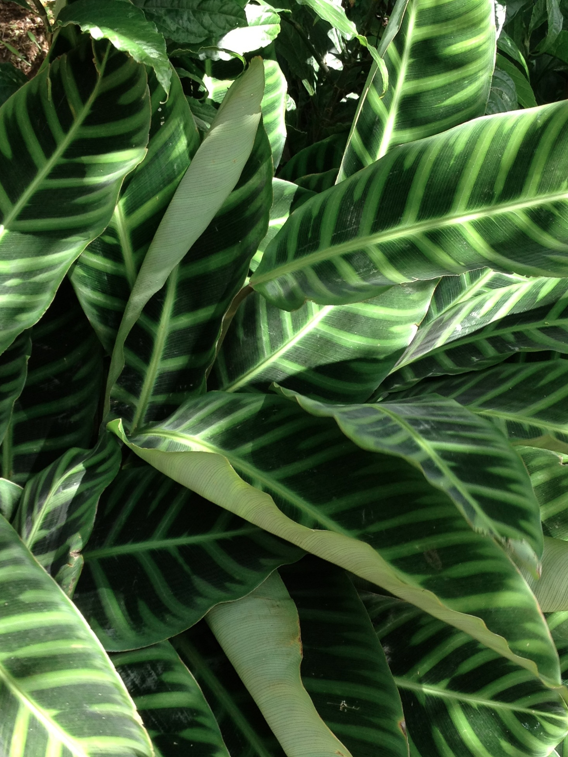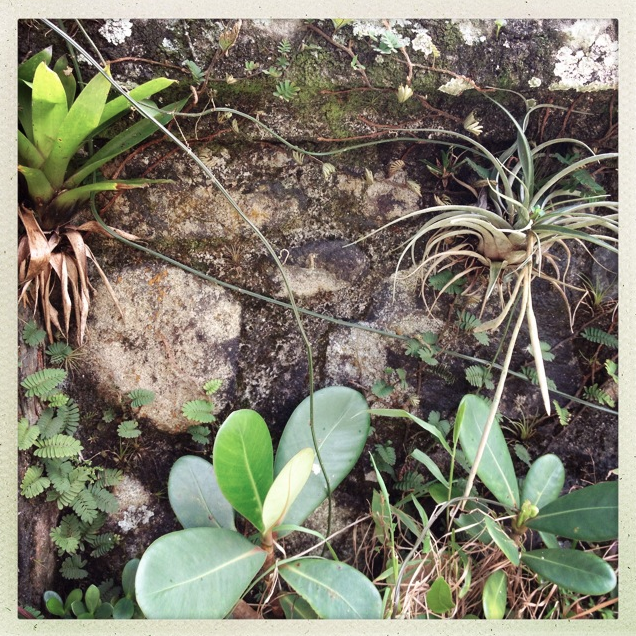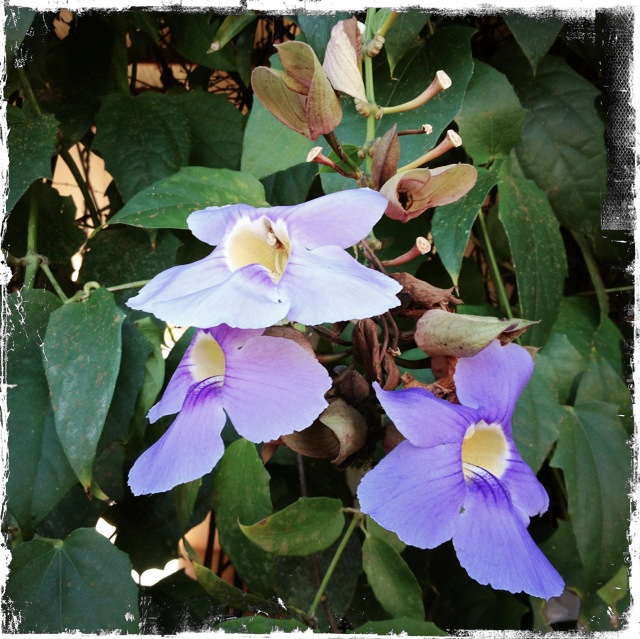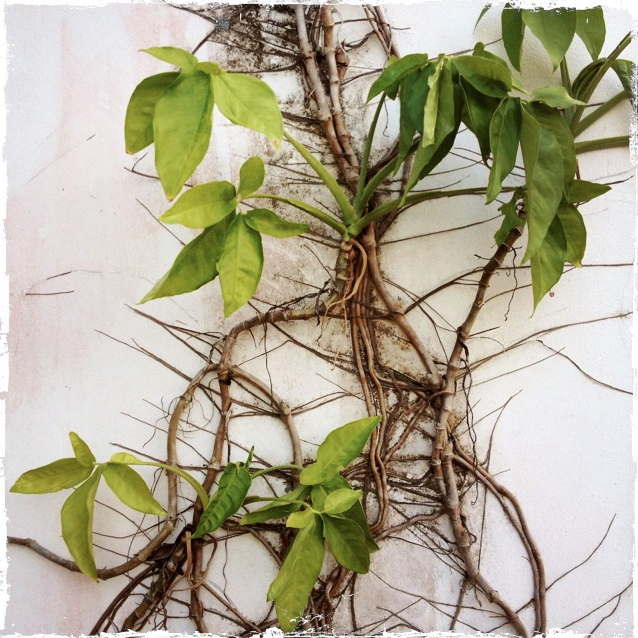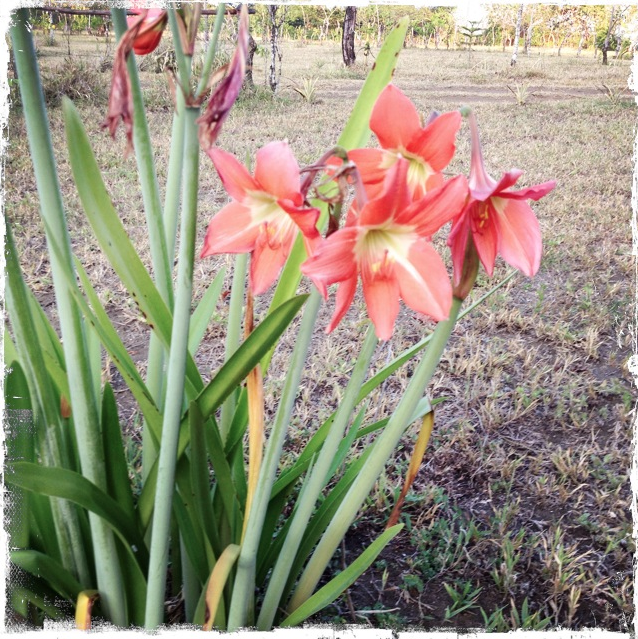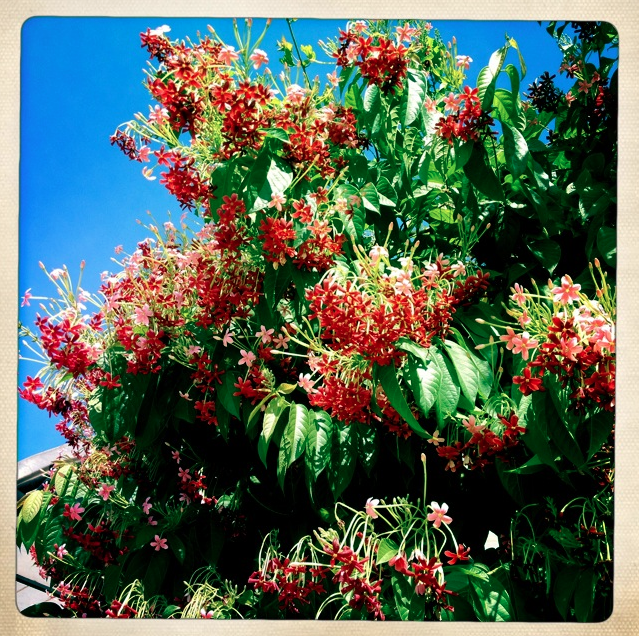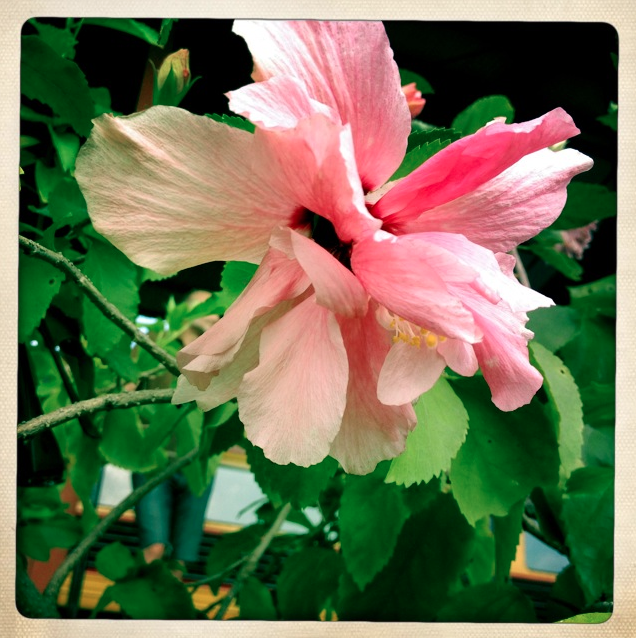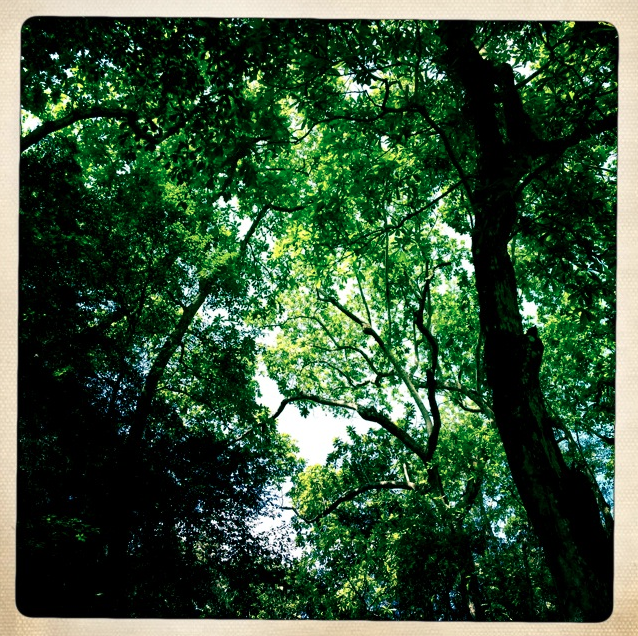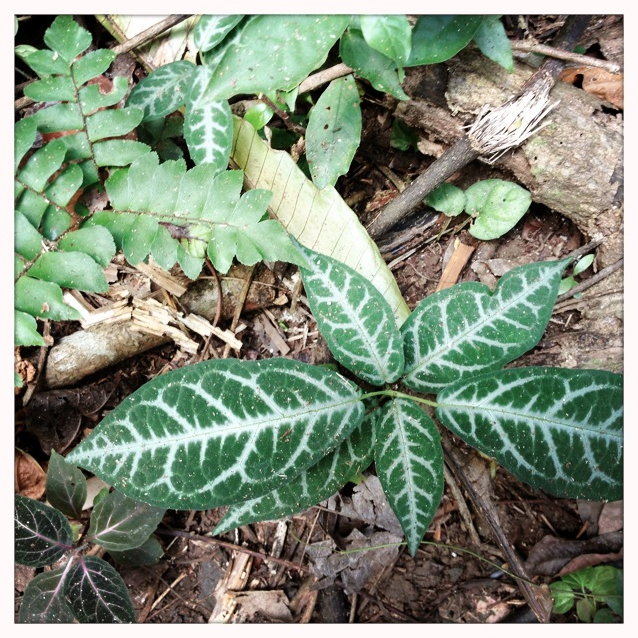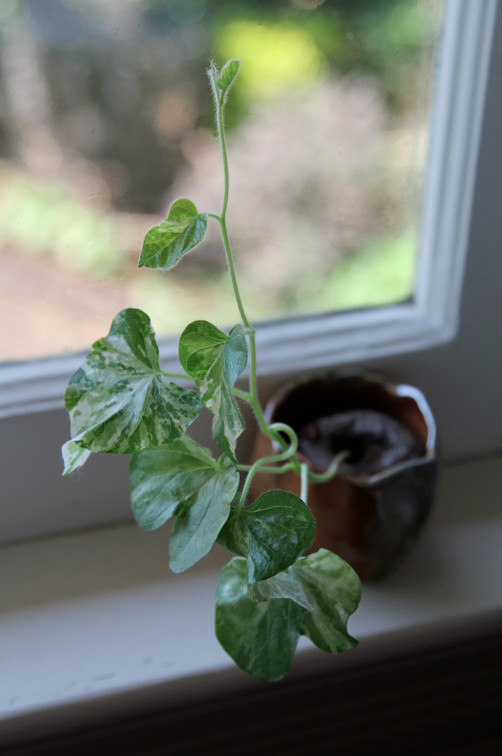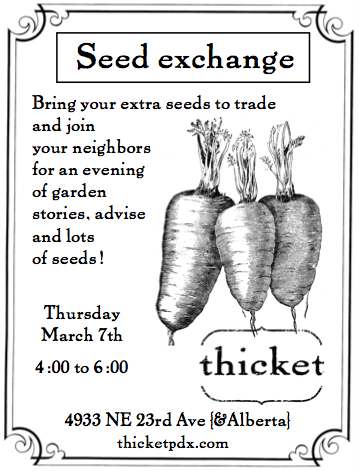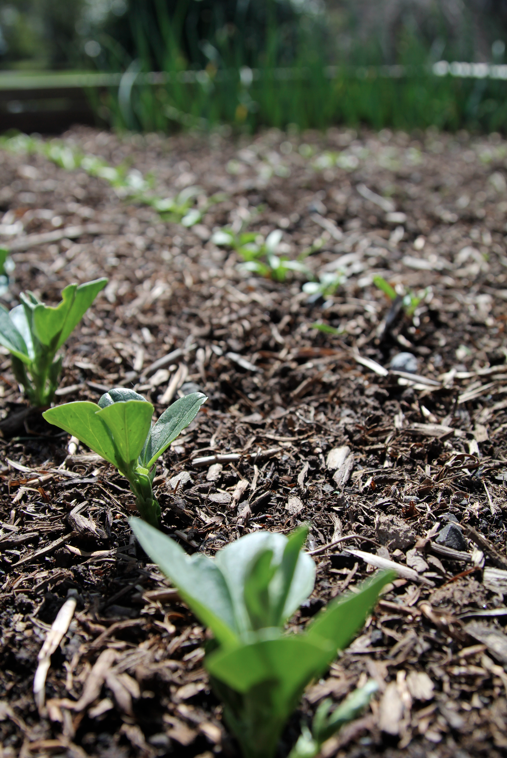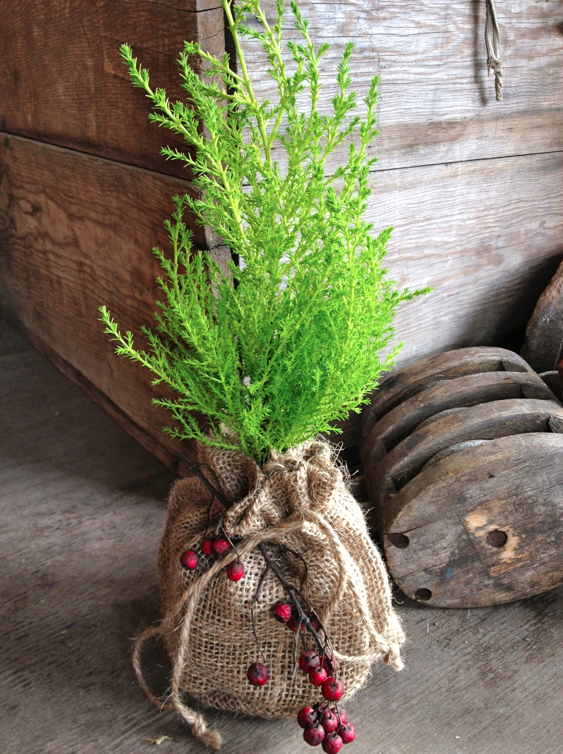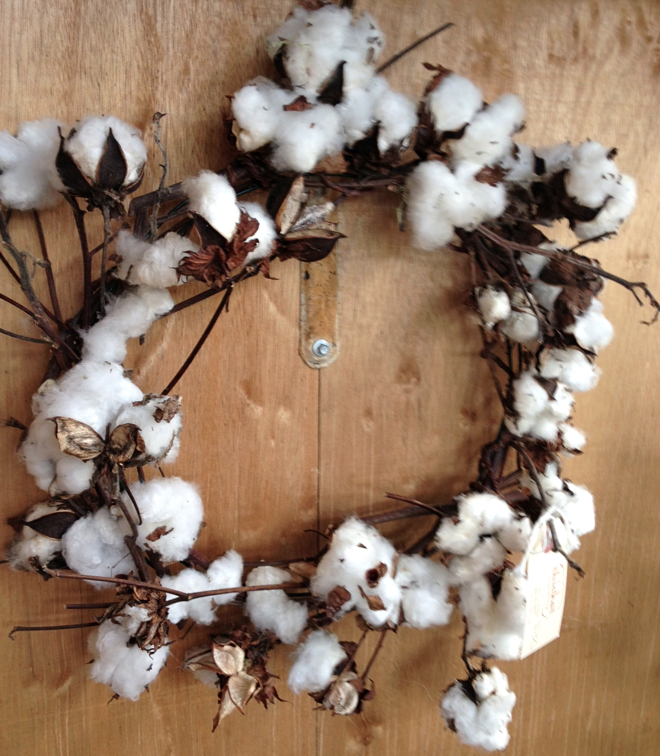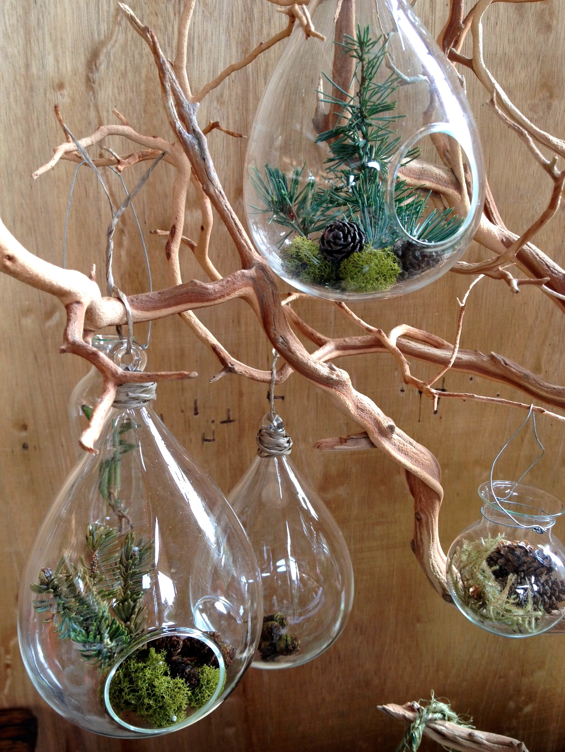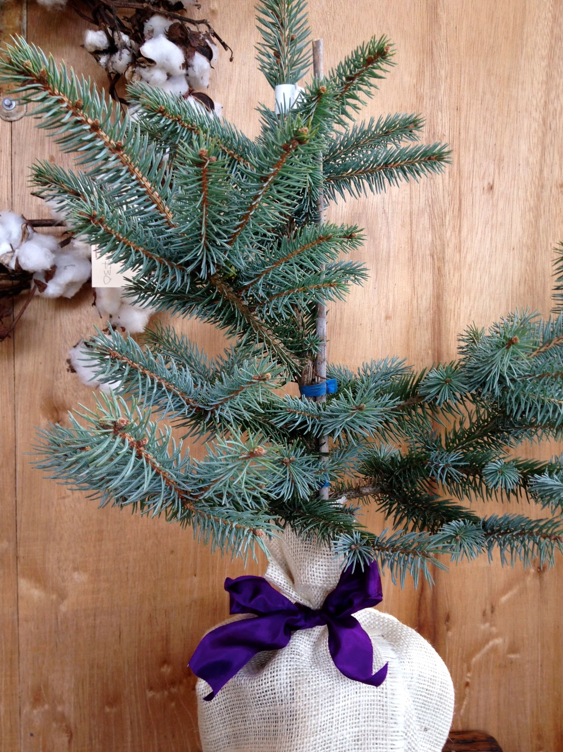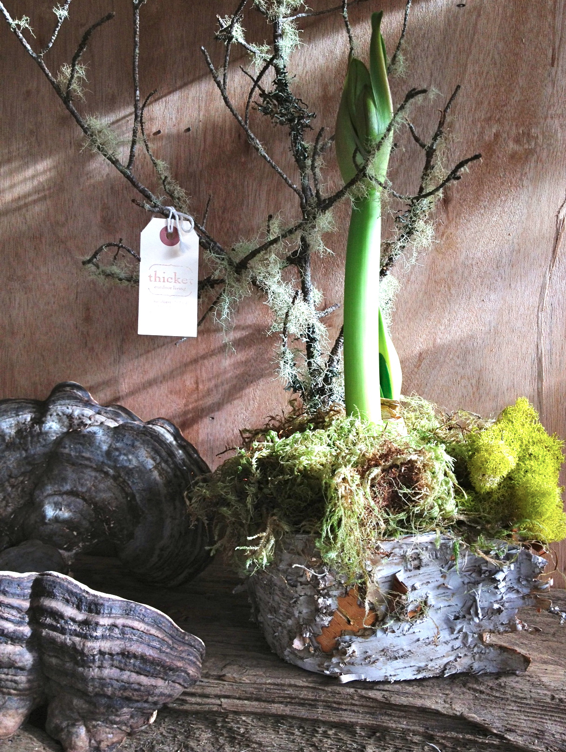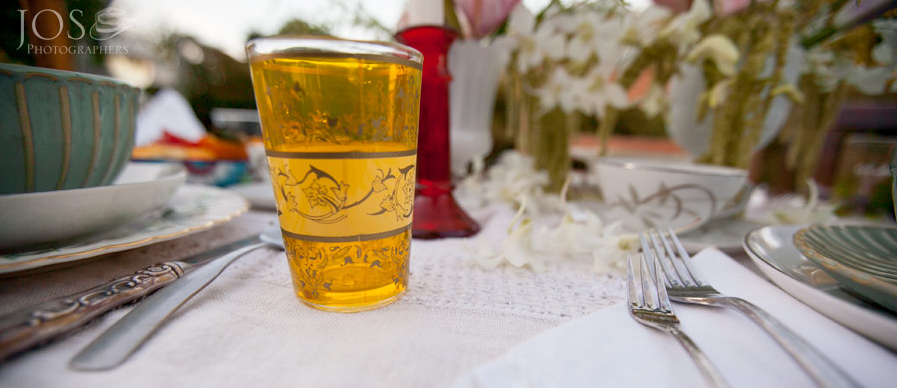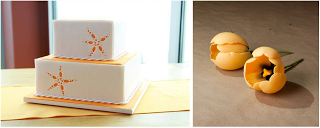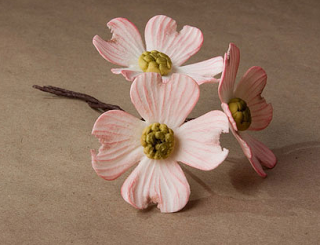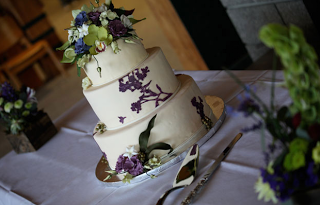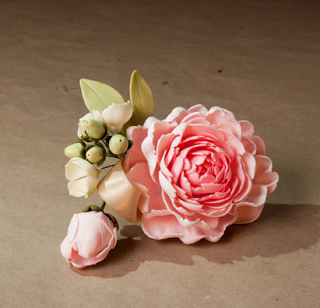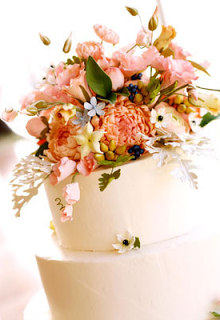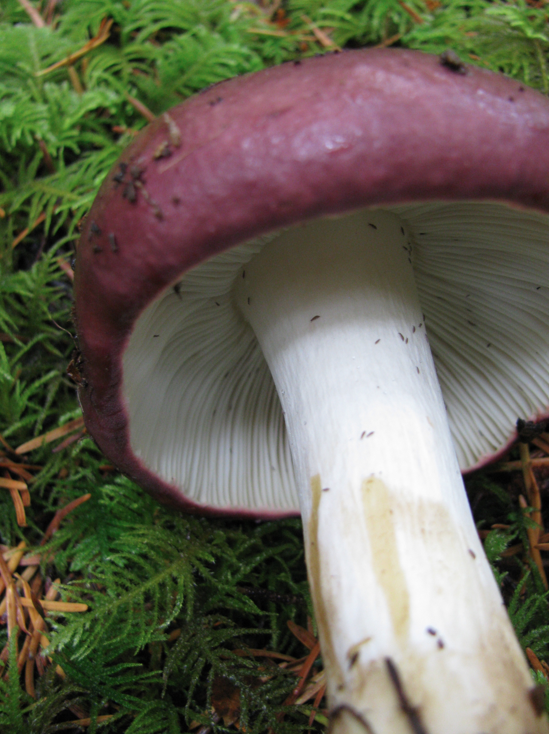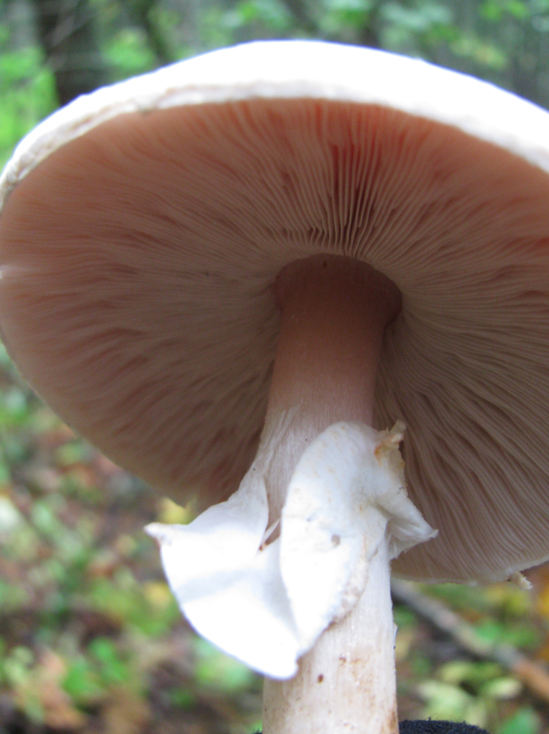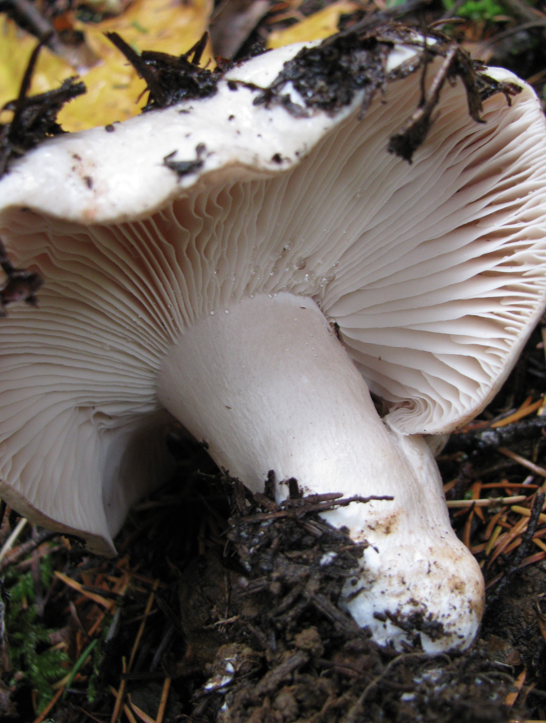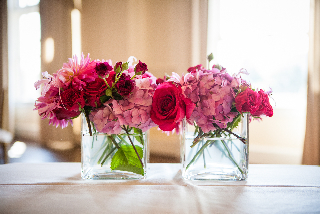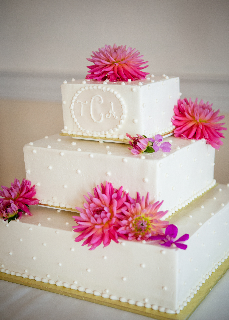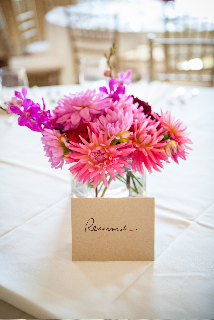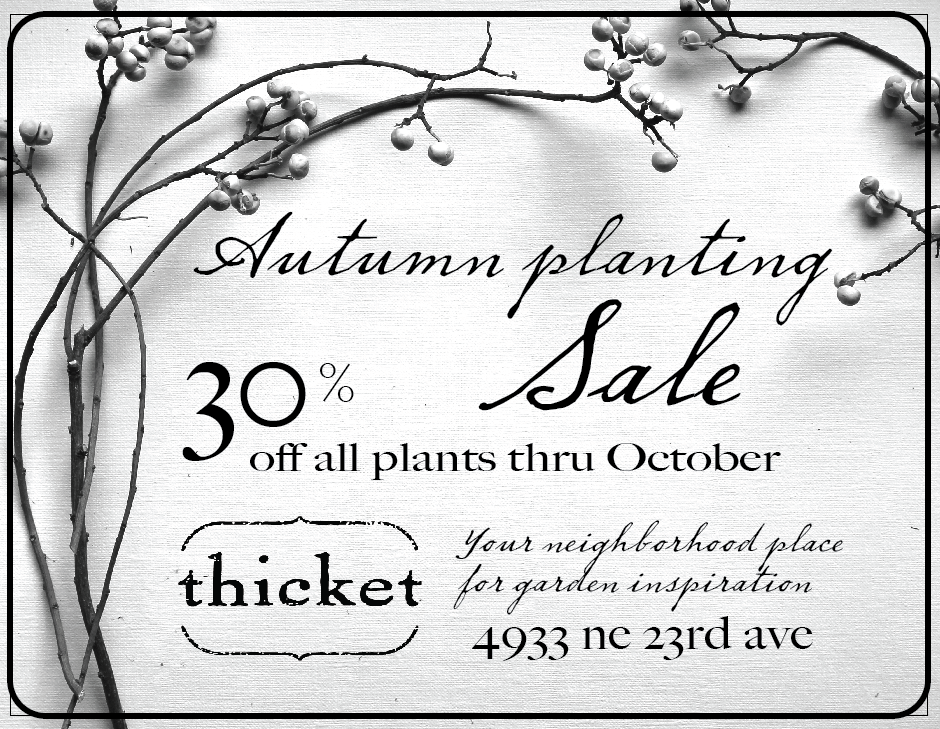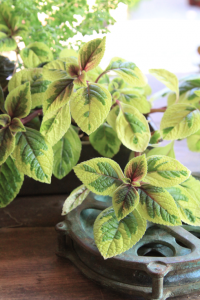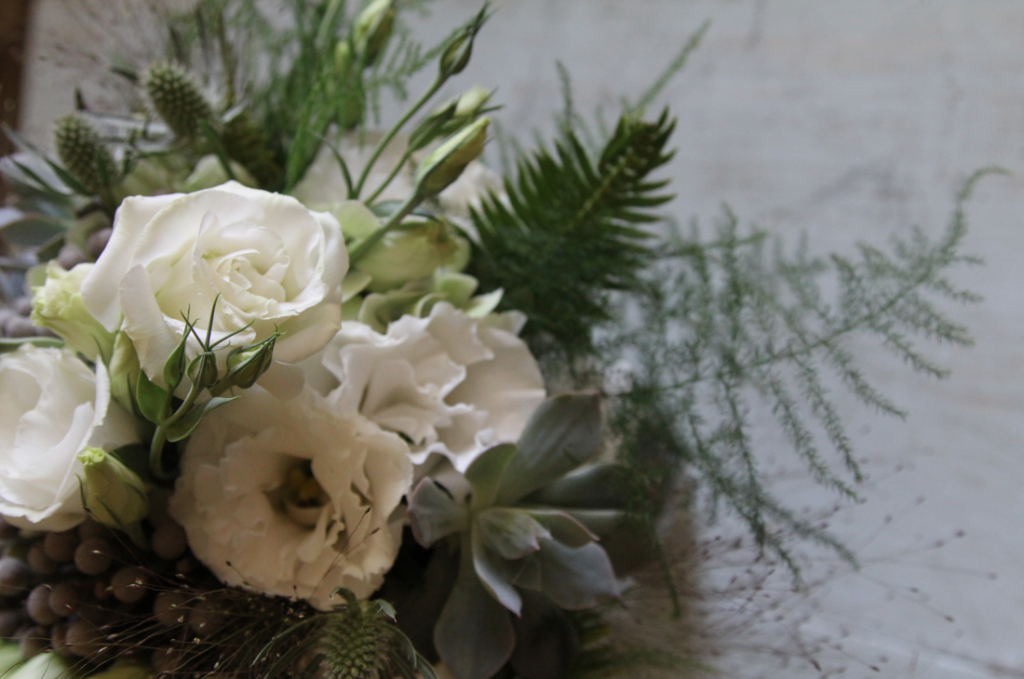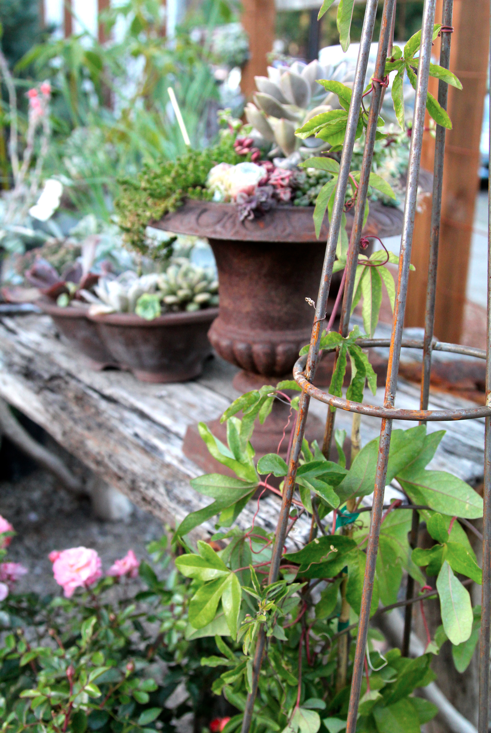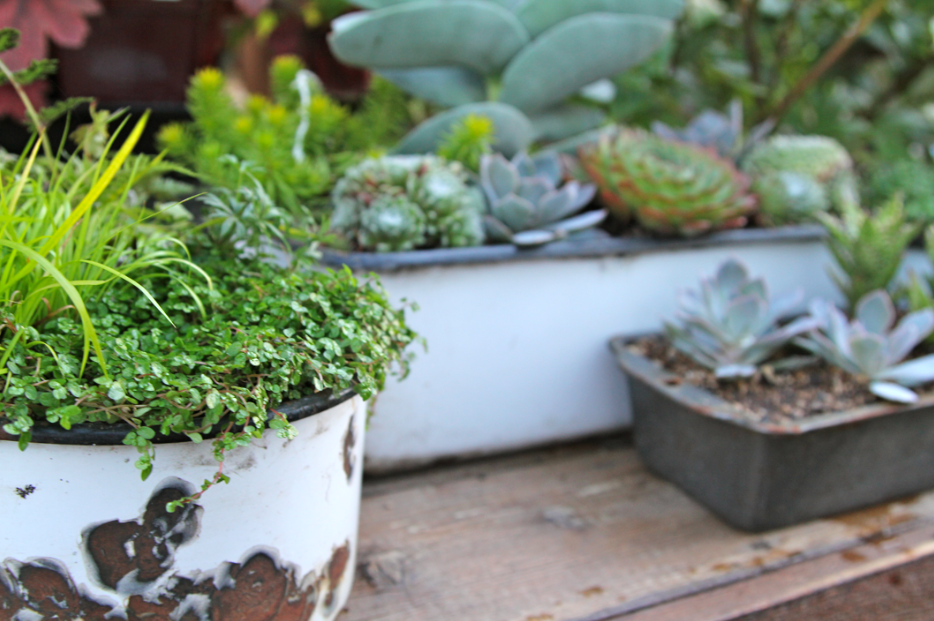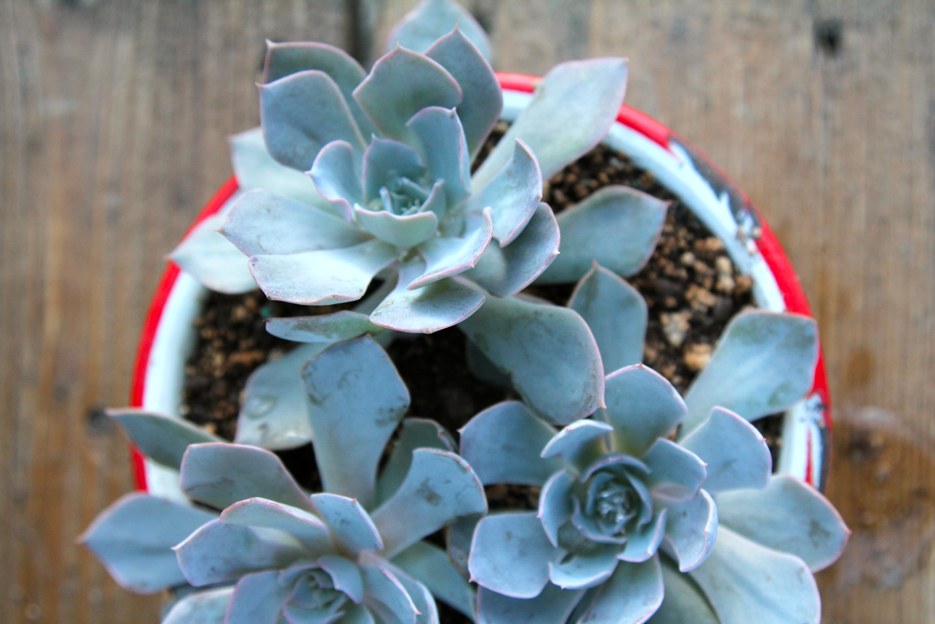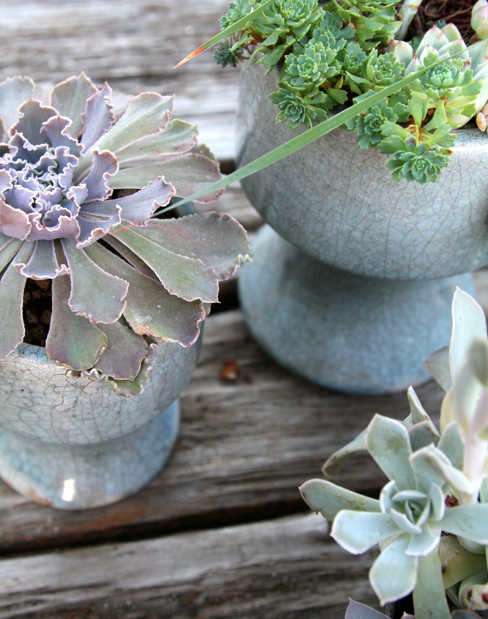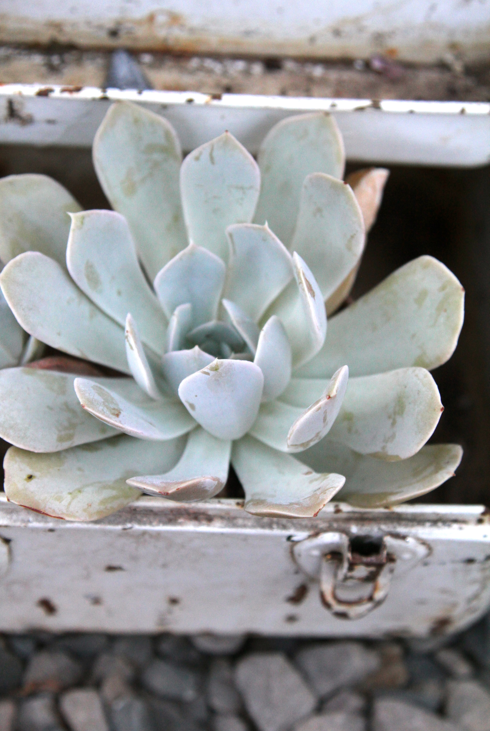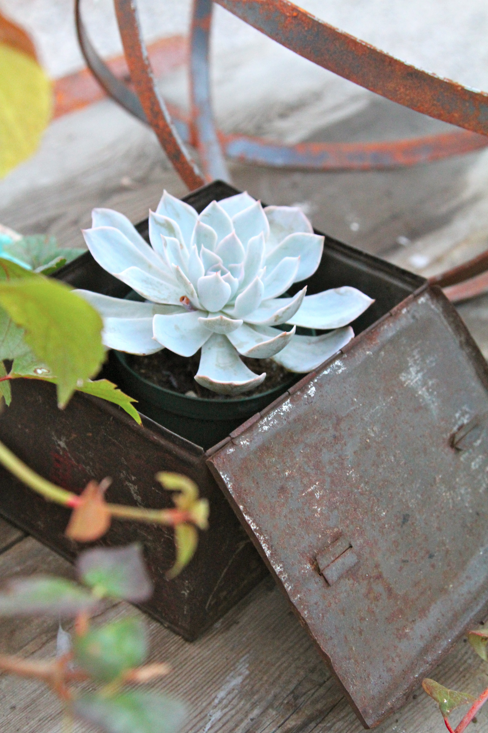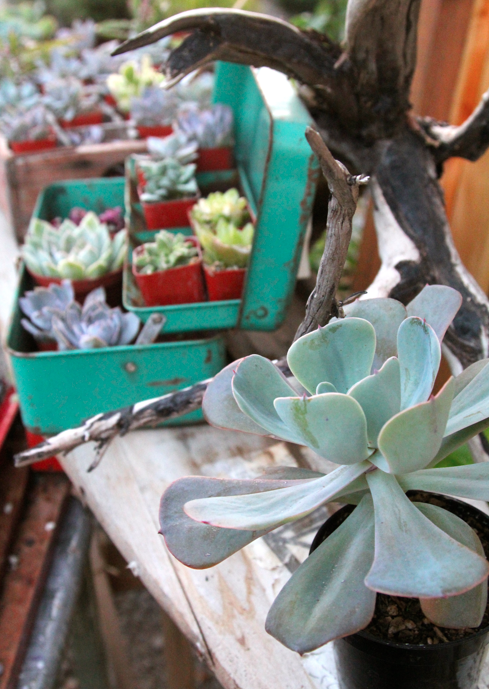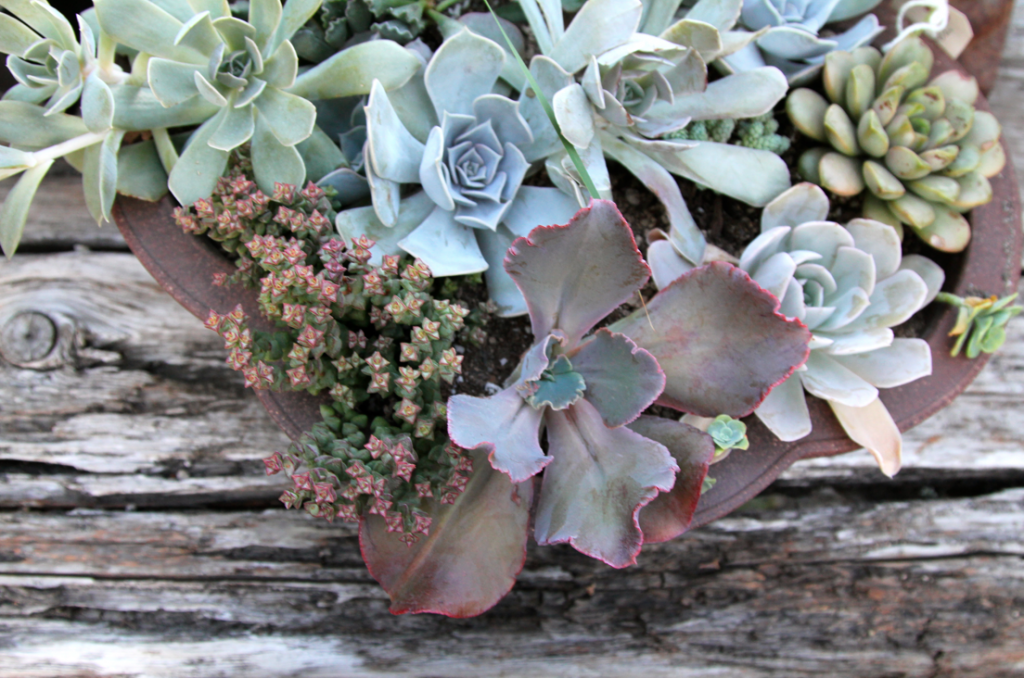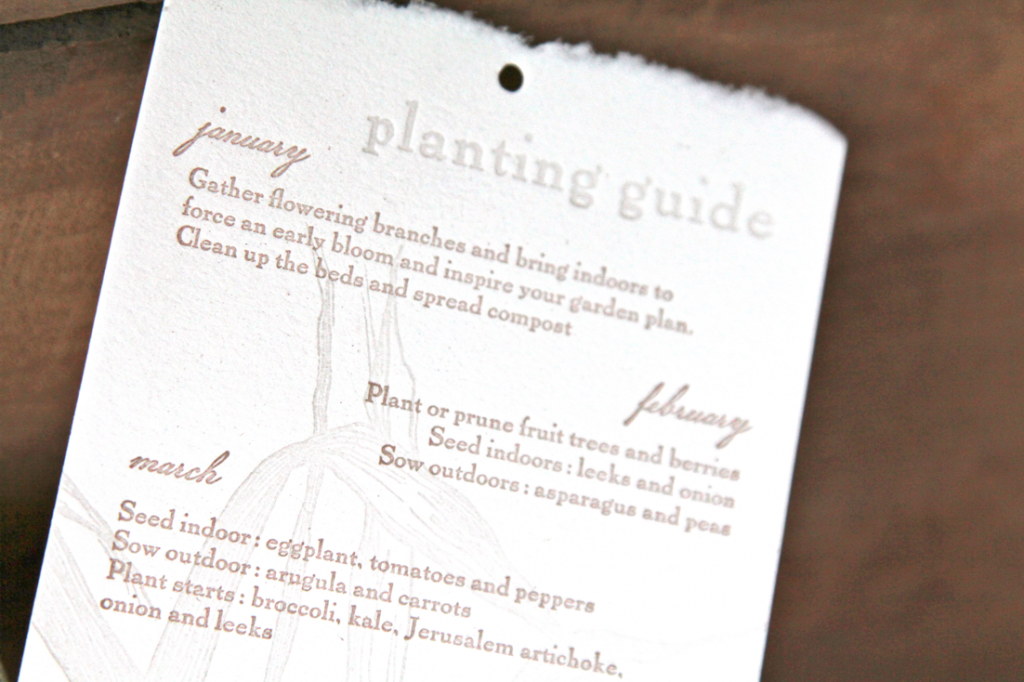Garden terminology gleaned from words past to inspire gardens to come.
It is still to cold do do much out in the garden so I was compiling a list of garden terminology when I stumbled upon a fantastic web site across the pond. They have an exhaustive list of fascinating garden terminology – here are a few of my favorites but check out http://www.gardenvisit.com/garden_glossary to get the whole shebang as well as links to fabulous gardens, tips on growing and purveyors of all things gardeny.
Abreuvoir – A drinking place for animals and often treated as a garden ornament.
Adonis gardens – Adonis was the nourisher of seeds in Greek mythology. This led to the making of ‘Adonis gardens’ which were small gardens in terra-cotta pots. They were placed outside Adonis temples during festivals.
Allée – An Allée is a walk bordered with trees or clipped hedges.
Belvedere – The word Belvedere derives from Italian roots (bel= beautiful and vedere=see) and describes a place from which one can see a beautiful view. This place can be a building, usually with open sides.
Bosquet – is a French word, used for a block of trees and shrubs pierced by paths that may contain elaborate features such as sculpture or fountains hidden in the trees.
Bower – A Bower is a garden seat protected by foliage.
Cascade – From the Latin ‘cascare’, to fall, the word Cascade came into use for a small waterfall in a garden.
Chadar is a water chute or cascade in an Indian garden (the word means ‘sheet’ or ‘shawl’)
Clairvoie – A Clairvoie is a gate, fence or grille placed in an otherwise solid barrier to provide a ‘clear view’ of the outside scenery.
Cloister – derives from the Latin clostrum= lock. It described the part of a monastery to which the public had no access and then became used to describe a rectangular lawn surrounded by a covered walk.
Clump – A Clump is a group of trees (or shrubs) planted together to form a group. The word ‘clumping’ was used in the eighteenth century to describe the practice of converting an avenue into clumps.
Conceit – The noun Conceit is derived from the verb ‘to conceive’ and used for a fanciful idea or an ornamental structure with little or no use.
Conservatory – A Conservatory is a glazed structure for conserving (protecting) plants from cold weather. Originally the term was also used for non-glazed structures used for keeping food such as apples.
Coppice – From a French word meaning ‘to cut’, a coppice is a wood maintained by periodical cutting. It the middle ages this was an important means of growing wood for fencing and kindling.
Coronary Garden – A garden used to grow flowers which could be used for wreaths and garlands.
Crinkle-crankle – is a serpentine wall – which crinkles and crankles.
Dovecote – A Dovecote is a building in which doves are kept.
Dreamstone – Dreamstone, in Chinese garden design, is a a translucent stone in which mineral deposits have formed pictures of woods and water (also known as a Journeying Stone similar to the picture jaspar in the U.S). Dreamstones were hung from pavilion walls or set into the backs of chairs.
Eurythmy – derives the Greek eu (meaning good) and rhuthmos (meaning proportion or rhythm). According to Vitruvius ‘good rhythm’ is one of the aims of design.
Ferme Ornee, from the French=ornamented farm, and used, mainly in France and England, to describe a farm which is used primarily as an aesthetic ornamentation as opposed to a working farm.
Fernery – A Fernery is a collection of ferns, either indoors or outdoors.
Flowery mead – A Flowery Mead is a medieval name for piece of land let un-plouged and so overtaken with wild flowers.
Genius of the place – The genius of the place (Italian ‘genius locii’) can be defined as ‘the spirit of the place’. Alexander Pope said she must be ‘consulted’ in the course of making a design. ‘Consult the genius of the place’ is one of the most widely-supported principles in garden and landscape design.
Giardino Segreto – Giardino Segreto is the Italian for ‘secret garden’. During the renaissance this described a secret enclosure within a garden.
Gloriette – In medieval gardens a gloriette was a summerhouse, often in the woods near a castle. It might be used by the ladies to take a meal while watching a hunt.
Ha-ha – A Ha-Ha is a sunk wall with a ditch outside, used so that the garden boundary is not visible from within.
Hermitage – A Hermitage is a garden building which looks suited to use by a hermit, usually with a rustic appearance.
Karesansui – is a Japanese Dry Garden, with water represented by sand or gravel. Dry Gardena are increasingly described as a Zen Garden.
Labyrinth – is a network of paths designed as a puzzle to entertain visitors
Maze – A Maze is a network of paths designed as a puzzle. Garden mazes can be designed using turf, paving, hedges or other materials. The idea is ancient.
Moon gate – A Moon Gate is circular aperture in a wall. The idea comes from Chinese gardens.
Mossery – A Mossery is a collection of mosses.
Moss house – A Moss House is a garden building with moss pressed between the wall slats.
Natural – The Platonic axiom that ‘art should imitate nature’, which comes from Plato’s Theory of Forms, has had a profound influence on garden design. But the meaning of the term ‘nature’ has varied. Sometimes it has meant ‘the world of the forms’ and sometimes it has meant ‘the everyday world’.
Niche – A Niche is a shallow recess in a wall or hedge, for placing a sculpture or for decorative effect.
Niwa – Niwa is the Japanese word for ‘garden’. The word derives derives from ni, clay, and ha, place. In the Chronicle of Japan a niwa was a place purified for worship of the gods.
Nymphaeum – A Nymphaeum is a place for nymphs. A nymph was a semi-divine maiden. They were believed to like water, caves, rivers and fountains.
Orangery – An Orangery is a conservatory made for the cultivation of oranges. They were common in renaissance and baroque gardens.
Pall-mall (from the French Paille-maille, and originally from the Italian pallamaglio, palla, ball, and maglio, mallet) is a game, rather like croquet, which led to the making of ‘malls’ in parks and gardens. This was the original use of The Mall in London.
Paradise – Paradise was originally a Persian name (paradeisos) for a park stocked with exotic animals, the word Paradise was used by the Greeks to mean ‘an ideal place’.
Parterre (From the French par=on + terre=ground). A level space, usually rectangular and on a terrace near a house, laid out in decorative pattern using plants and gravels.
Patio – is a Spanish word for an arcaded or colonnaded courtyard. It is now applied to any small paved area in a garden.
Pavilion – The word Pavilion derives from the Latin papilio=butterfly. Originally the word meant a tent, in gardens it is used for an airy and light building.
Penjing – is the Chinese word for a tray garden (the word came into Japanese as ‘bonsai’).
Physic garden – A Physic Garden is a special garden used for growing medicinal plants.
Pinery – A Pinery is conservatory for growing pineapples.
Pinetum – A Pinetum is a collection of coniferous trees.
Piscina – A piscina is a stone basin used as a fish-pond or a bathing-pond.
Pleasance (or Pleasuance) is a pleasure ground attached to a castle or mansion, usually outside the fortifications.
Pomarium – Pomarium is a medieval term for an apple orchard.
Potager – Potager is the French word for a vegetable garden.
Privy garden – Privy means ‘private’ and thus a private garden, usually made for the sole use of a king or queen.
Rill – is a small water course.
Rocaille – is rockwork, shellwork or pebblework.
Rock garden – A Rock Garden is a place for growing alpine plants.
Roji – A Roji is a ‘dewy path’ to a tea house in a Japanese garden
Root House – A root house is a garden building made with roots, trunks, stumps, branches and other parts of trees.
Rosarium – is a rose garden, often circular.
Sacred grove – In Ancient Egypt, Sacred Groves were placed within temple compounds. In Homeric Greece they were places of resort, outside citadels, often dedicated to specific gods and associated with a fresh spring or grotto. In Classical Greece, sacred groves were used for physical and intellectual exercise. They became academies, lyceums and gymnasia.
Shakkei – is borrowed scenery (as in a mountain) in a Japanese garden.
Stroll garden – A Stroll Garden is a Japanese garden planned to reveal a sequence of views as the the visitor strolls along the path.
Theatre derives from the Greek theaomai=to behold). In gardens a theatre can be an a place see a theatrical performance or place which is like the set for a play.
Topiary – describes a shape made by clipping plants. The practice was popular in Roman gardens and revived with the renaissance.
Torii – A Torii is a gateway at the entrance to a Japanese Shinto shrine, and in other derivative locations, sometimes in gardens.
Tortoise island – The tale of islands supported by tortorises (the Isles of the Immortals) came from China and led to the making of islands with rocks representing tortorises in Japanese gardens
Treillage – is elaborate trellis-work, used to support plants in gardens.
Wilderness – A Wilderness is a wood, kept for pleasure, with walks.
Winter garden – A Winter Garden is an outdoor area used for winter-flowering plants.
Yuan – Yuan is the Chinese word for ‘garden’. Originally, a ‘yuan’ was an imperial hunting park, bounded by a mud wall.


